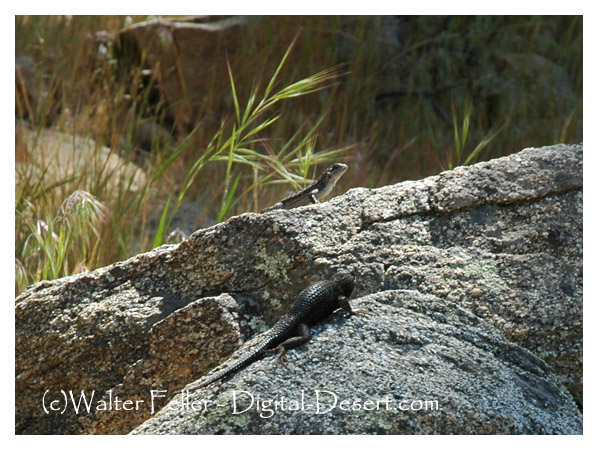Introduction:
The western fence lizard, scientifically known as Sceloporus occidentalis, is a fascinating reptile found throughout North America’s western regions. With its unique appearance and interesting behaviors, this lizard has captured the attention of many nature enthusiasts and researchers alike. In this blog post, we will delve into the world of the western fence lizard and uncover some intriguing facts about this remarkable creature.
Physical Characteristics:
The western fence lizard has a distinctive appearance that sets it apart from other lizard species. It typically measures 5 to 8 inches long, with a slender body and a long, tapering tail. Its coloration varies depending on its environment, but it usually sports a grayish-brown or olive-brown hue, making it blend seamlessly with its surroundings. One of the most striking features of this lizard is the rows of spiky scales running along its back, giving it the appearance of a miniature dinosaur.
Habitat and Distribution:
This hardy lizard is commonly found in a variety of habitats, ranging from grasslands and woodlands to rocky outcrops and deserts. It is particularly prevalent in the western regions of North America, including California, Oregon, Washington, and parts of Mexico. The western fence lizard is well-adapted to dry and arid environments, often basking in the sun to regulate its body temperature. It is also an excellent climber, frequently seen perched on rocks or tree trunks.
Behavior and Diet:
The western fence lizard is primarily active during the day, basking in the sun to warm up its body and fuel its metabolism. It is an omnivorous lizard, meaning it feeds on a wide range of insects, spiders, snails, and small fruits. Interestingly, this lizard has also been observed consuming ticks, making it an important predator for controlling tick populations in its habitat. In addition, the western fence lizard is known for its unique defense mechanism known as “automimicry.” When threatened, it flattens its body and exposes its bright blue belly, tricking predators into mistaking it for a larger, more dangerous creature.
Reproduction and Lifespan:
Breeding season for the western fence lizard typically occurs during the spring and early summer months. Male lizards engage in territorial displays, bobbing their heads and extending their bright blue throat patches to attract females. Once mating occurs, females lay their eggs in sandy soil or under logs, and the eggs are left to incubate for several months. Hatchlings emerge in late summer or early fall, ready to embark on their own independent journeys. The lifespan of a western fence lizard can range from 5 to 10 years in the wild.
Conservation Status:
Fortunately, the western fence lizard is not currently listed as a threatened or endangered species. Its adaptability to various habitats and its ability to control tick populations make it an important component of its ecosystem. However, habitat loss and fragmentation due to human activities pose potential threats to the species. It is crucial that we continue to protect and conserve the natural habitats that support the western fence lizard and other wildlife.
Conclusion:
The western fence lizard is a captivating reptile with unique physical attributes and intriguing behaviors. Its ability to thrive in diverse environments and contribute to the ecosystem makes it a valuable species to study and appreciate. By understanding and respecting these remarkable creatures, we can ensure their survival and the preservation of the natural world they call home.
Walter Feller – 2023
